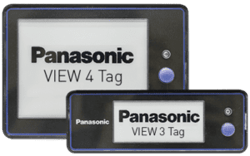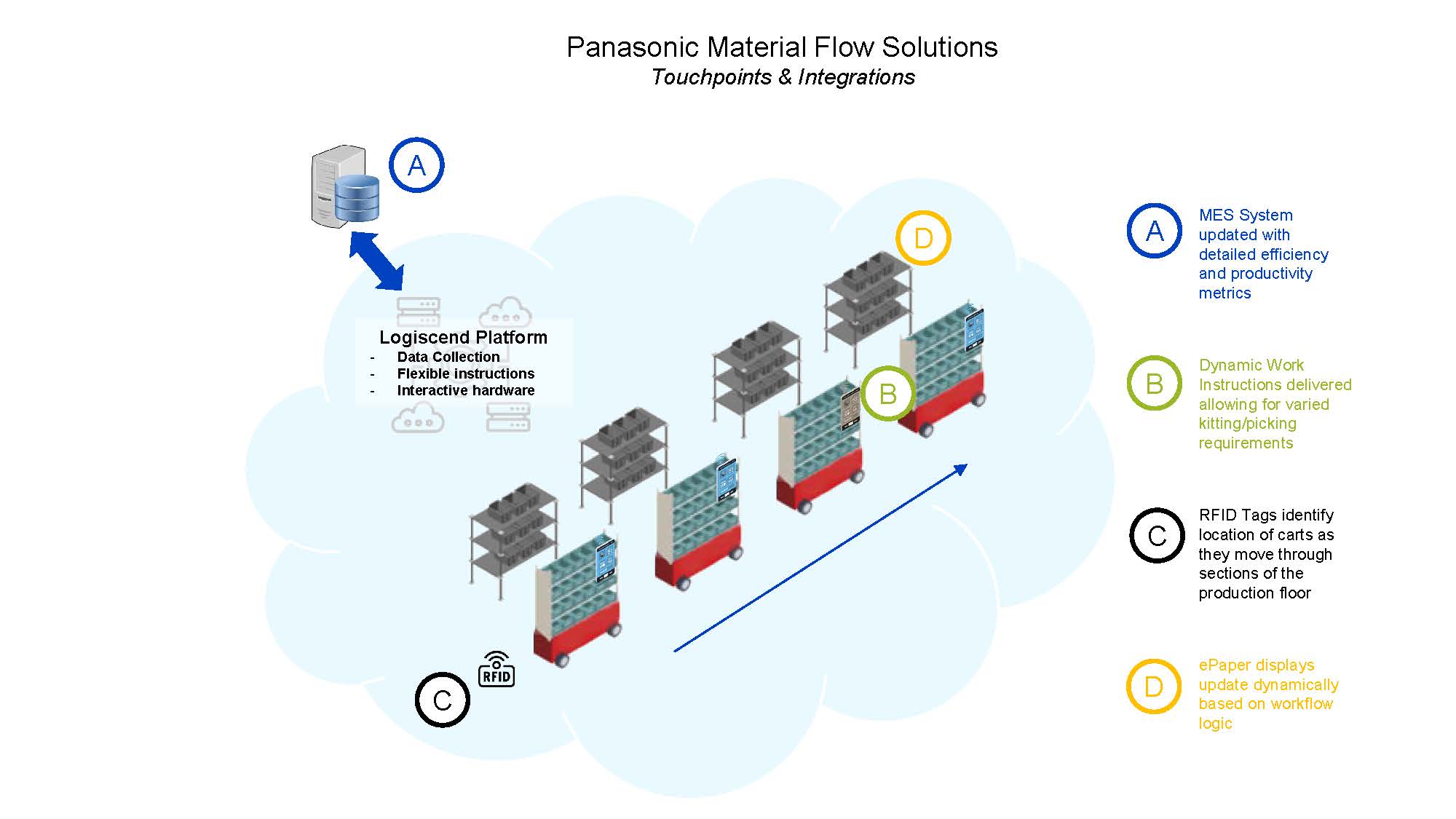Just In Sequence Manufacturing: Exceeding Customer Expectations
- Panasonic Blog
- 3 mins
As consumers we are used to online ordering of the exact version of the products we want and expect availability quickly with visibility into the order and delivery at every step until it arrives at our door. All at a low-cost. These same expectations are moving from the world of consumer goods to the world of capital goods. Manufacturers are turning to Just in Sequence manufacturing to be able to accurately and reliably respond to demands.
Are you Ready to Take Material Handling to the Next Level?
Just in Sequence or Mixed Model Manufacturing is an important evolution from Just in Time. Increased demand for customization means modern material handing needs to be more than just lean, it has to be flexible as well. In addition, the visibility into the status of the product as it moves through the production and delivery process is now a customer expectation. With mixed model manufacturing different product models can be produced efficiently on the same assembly line with less handling and greater accuracy.
Who Needs Just in Sequence Most?
A Just-in-sequence process delivers parts in the order of assembly, so it is ideal for complex manufacturing environments that tend to be high-variety and low-volume.
Any process for a product that has numerous versions requiring components with many variants is likely a place for instituting sequencing.
Freeing up Space on your Floor is Just the Beginning?
Like Just in Time, Just in Sequence improves space utilization because the next part in sequence arrives on the line ready for assembly. This helps any operation keep inventory on the plant floor low and simplifies the assembly process for operators.
An added benefit of Just in Sequence is a reduction in handling time because there is less need to arrange and coordinate material. The further back in the supply chain you apply it, the greater the benefit. You can create a Just in Sequence process at assembly where parts are picked in sequence, put them in sequence before their even delivered to the line, or build the components in sequence from the very beginning. The further back in the supply chain you establish and maintain the correct sequence of components, the more you’ll reduce the time to search and rearrange throughout the manufacturing process.
But the biggest benefit of Just in Sequence is the potential for supporting increased customer demand. This process leads to fewer errors and faster assembly so manufacturers can reduce downtime, produce higher volumes and satisfy more clients.
Logiscend Helps Keep Everything in the Right Place
at the Right Time.
The largest risk when running Just in Sequence is a breakdown in the sequence. Once one part is out of order or needs to be replaced because of a defect, the entire process is in jeopardy. The solution is a pick and replenishment process that is more accurate in the first place and enables faster correction.
 The Panasonic Logiscend System is an IIoT material flow management solution that combines the power of wireless Panasonic VIEW Tags with Logiscend software to help complex manufacturing operations get the right parts, to the right place, at the right time. The complete Logiscend solution includes applications for Picking, Replenishment, Smart Containers, Asset Tracking and Work Instructions.
The Panasonic Logiscend System is an IIoT material flow management solution that combines the power of wireless Panasonic VIEW Tags with Logiscend software to help complex manufacturing operations get the right parts, to the right place, at the right time. The complete Logiscend solution includes applications for Picking, Replenishment, Smart Containers, Asset Tracking and Work Instructions.
The Panasonic Logiscend Pick Application is a hands-free, paperless process that requires minimal training and improves Just in Sequence pick speed and accuracy. The combination of IoT and e-Paper VIEW Tags provides 2-way communication where operators receive visual instructions such as quantity and cart bin location and then confirm finished pick.
The Panasonic Logiscend Replenishment Application improves Just in Sequence material flow with a wireless, paperless, IoT system, where handlers automatically receive orders from assembly operators via a tablet, pull the parts from the warehouse or lineside and deliver to the appropriate location. Over the course of this entire process, the Panasonic VIEW Tags provide delivery status updates to the operator so they know that their replenishment parts are on their way!
When and Where do You Start?
If you need more flexibility in your manufacturing process, then now is probably the time. The next question is simply how far back in your process you go. Wherever you place parts in sequence in your supply chain, from that point on, your handlers and operators should no longer need to search or choose parts. The right part will always be the next one in line right in front of them
Learn more about all the Panasonic Logiscend applications right here.

